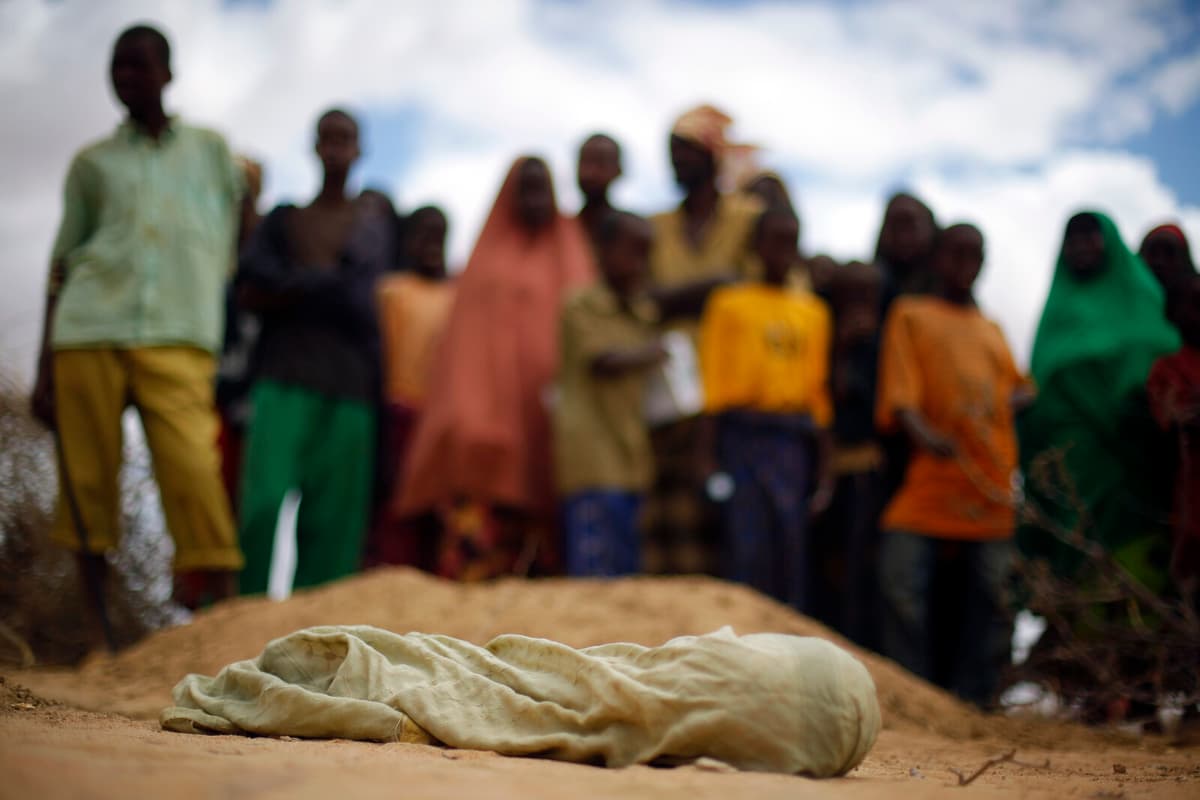In May 2008, the tropical cyclone Nargis swept over southern Myanmar and tore entire villages and cities apart. Afterwards, it was established that the storm had claimed at least 138,000 human lives. Both in 2022 and 2023, large parts of Europe were hit by unusually hot summers. In total, 90,000 people succumbed to the heatwaves.
These are some examples of weather disasters that have become more intense and deadly due to climate change, while the risk of them occurring has also increased. This is shown by a new study from the research network World Weather Attribution (WWA), which also lists the ten deadliest cases of extreme weather over the past two decades.
The worst was the drought that affected Somalia's population in 2011, which is estimated to have claimed 258,000 lives in starvation and disease. In this case, climate change contributed to both reduced rainfall and warmer temperatures, causing the catastrophe.
"Climate change is not a distant threat. It exacerbated extreme weather that killed more than 570,000 people. This study should be an eye-opener for politicians who cling to fossil fuels that warm up the planet and destroy people's lives. If we continue to burn oil, gas, and coal, the suffering will continue", says Friederike Otto at WWA.
Cyclone Sidr, Bangladesh, 2007: 4,234 dead
Cyclone Nargis, southern Myanmar, 2008: 138,366 dead
Heatwave in western Russia, 2010: 55,736 dead
Somali drought, 2011: 258,000 dead
Flood in India, 2013: 6,054 dead
Typhoon Haiyan, Philippines, 2013: 7,354 dead
Heatwave in France, 2015: 3,275 dead
Heatwave in western and southern Europe, 2022: 55,542 dead
Heatwave in western and southern Europe, 2023: 37,129 dead
Storm Daniel, Libya, 2023: 12,352 dead
Source: WWA






